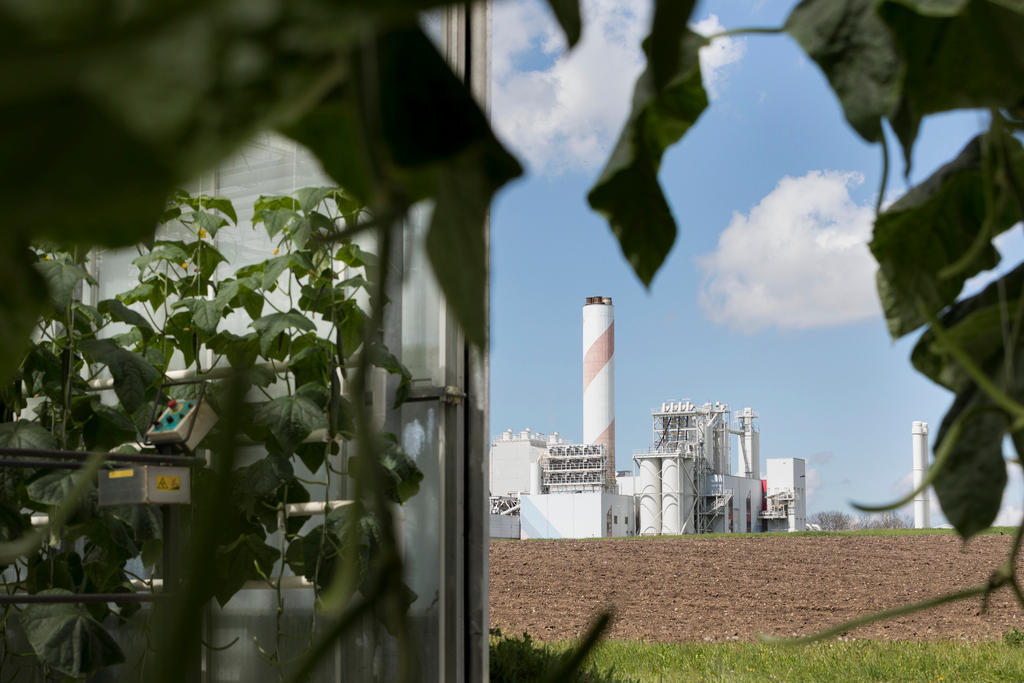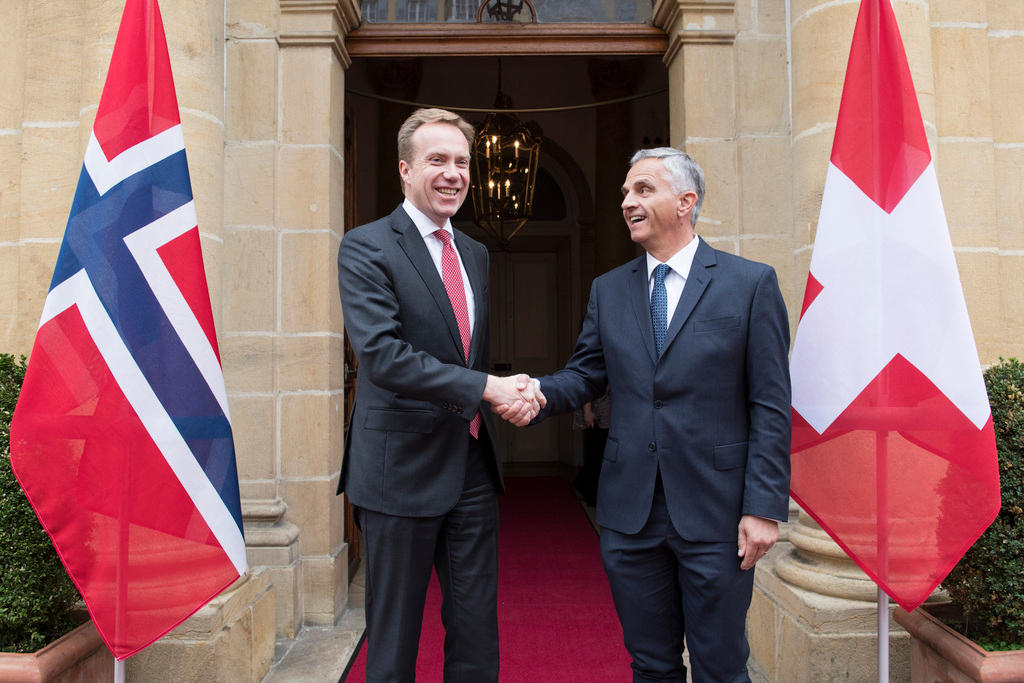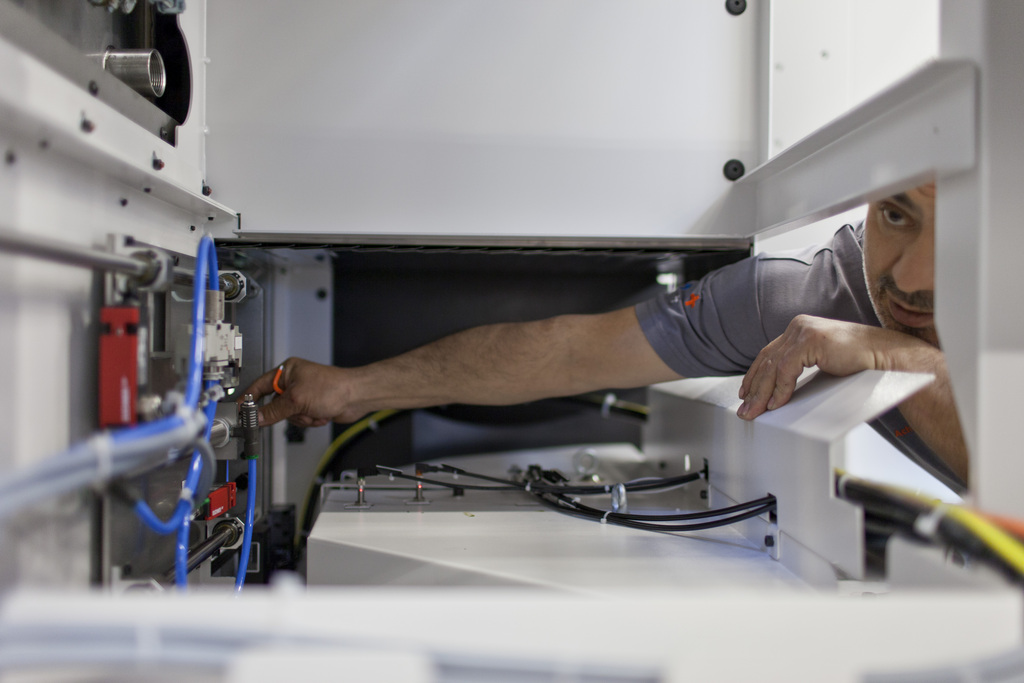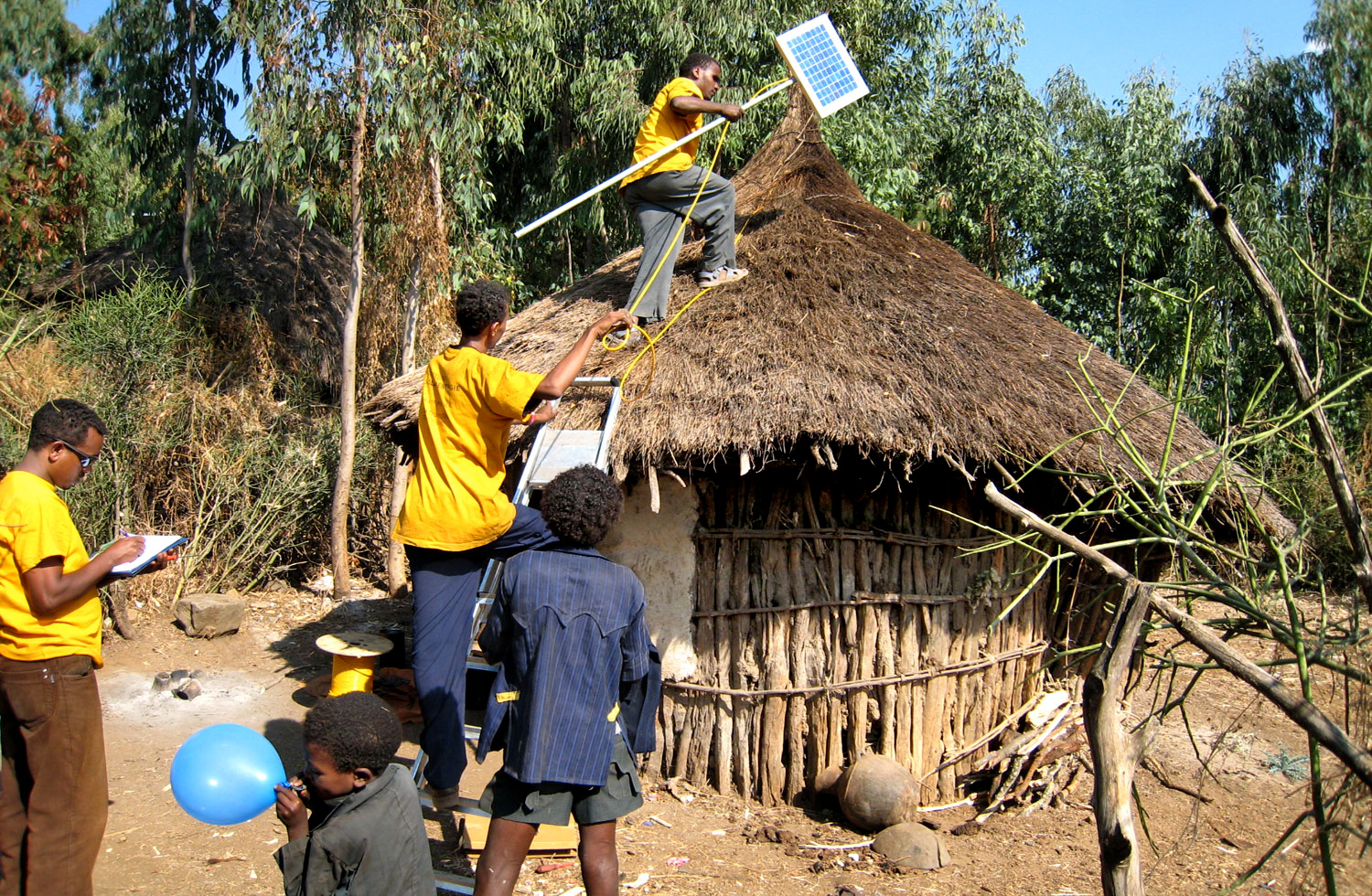Progress in Swiss and European Union emissions deal

The Swiss cabinet approved a deal on Wednesday that would link the carbon emissions trading systems of Switzerland and the European Union, capping six years of negotiations linked to improving business and the health of the planet.
The deal could be signed by the end of the year but would not be expected to take effect before 2019. The European Commission has also asked the Council of the European Union to approve it, but the Swiss and European parliaments have final say.
“Switzerland and the European Union are preparing to link their emissions trading systems,” the Federal Office for the Environment (FOEN) said in a statementExternal link noting that 54 companies in the Swiss emissions trading system would be affected. “The linking of the Swiss and European systems will enable these companies to access a bigger and more liquid market and benefit from the same competition conditions as European companies.”
The 54 companies are “in the cement, pharmaceutical, refinery, paper, district heating and steel sectors that generate very large volumes of CO2 emissions,” it added. They emit a combined total of about 5.5 million tonnes of CO2.
The EU trading system includes approximately 11,000 stationary installations that emit around 2 billion tonnes of CO2. It also includes aircraft operators, which account for emissions of around 200 million tonnes of CO2.
Cap and trade
Negotiations between Swiss and EU officials to align their systems began in 2011.
But it was the provisions of Switzerland’s revised CO2 Act, which came into force at the start of 2013, that made the Swiss system largely compatible with the EU system.
Carbon trading, also known as “cap-and trade”, essentially seeks to make heat-trapping industrial emissions of so-called greenhouse gases an artificially scarce commodity, which gives them market value – and provides an additional economic incentive to lower emissions.
The Swiss system sets a maximum amount of emissions that can be emitted, which is the cap. That was set at 5.63 million tonnes of CO2 for 2013 and must reduced by 1.74% every year, based on the amount defined for 2010.
The Swiss cap is meant to be 4.91 million tonnes in 2020, which would provide for a reduction of 13% compared to 2013.
Based on those caps, companies are given emission allowances. Those that have unused allowances – usually by making greater reductions – can sell them to other companies. As an incentive to participate in the Swiss system, companies that do so are exempt from the CO2 levy.
Emissions generated by aviation also will be included in the Swiss system.
As is the case in the European system today, the emissions generated by aviation will also be included in the Swiss system from the entry into force of the agreement,” FOENExternal link said. “In line with the proposed regulation in the EU, it is expected that only flights from Switzerland to other countries in the European Economic Area (EEA) and internal flights will be included.”
Combined benefits
Swiss officials have said they believes that environmental policy and the economy would benefit from the linking of the two systems. The reason, they say, is that the potential for reducing emissions at a lower cost is greater in a larger market.
Because a larger and more established market is more liquid and leads to stable prices, it will benefit Switzerland’s smaller market, where trading and pricing have been more difficult.
The government says European and Swiss emission rights would be equal by statute and Swiss companies could operate in the same emissions market as their business partners in the EU. And because of the access, Swiss companies would have greater flexibility in meeting their CO2 targets.
For the EU, the deal would broaden its market reach and appeal.

In compliance with the JTI standards
More: SWI swissinfo.ch certified by the Journalism Trust Initiative









You can find an overview of ongoing debates with our journalists here. Please join us!
If you want to start a conversation about a topic raised in this article or want to report factual errors, email us at english@swissinfo.ch.